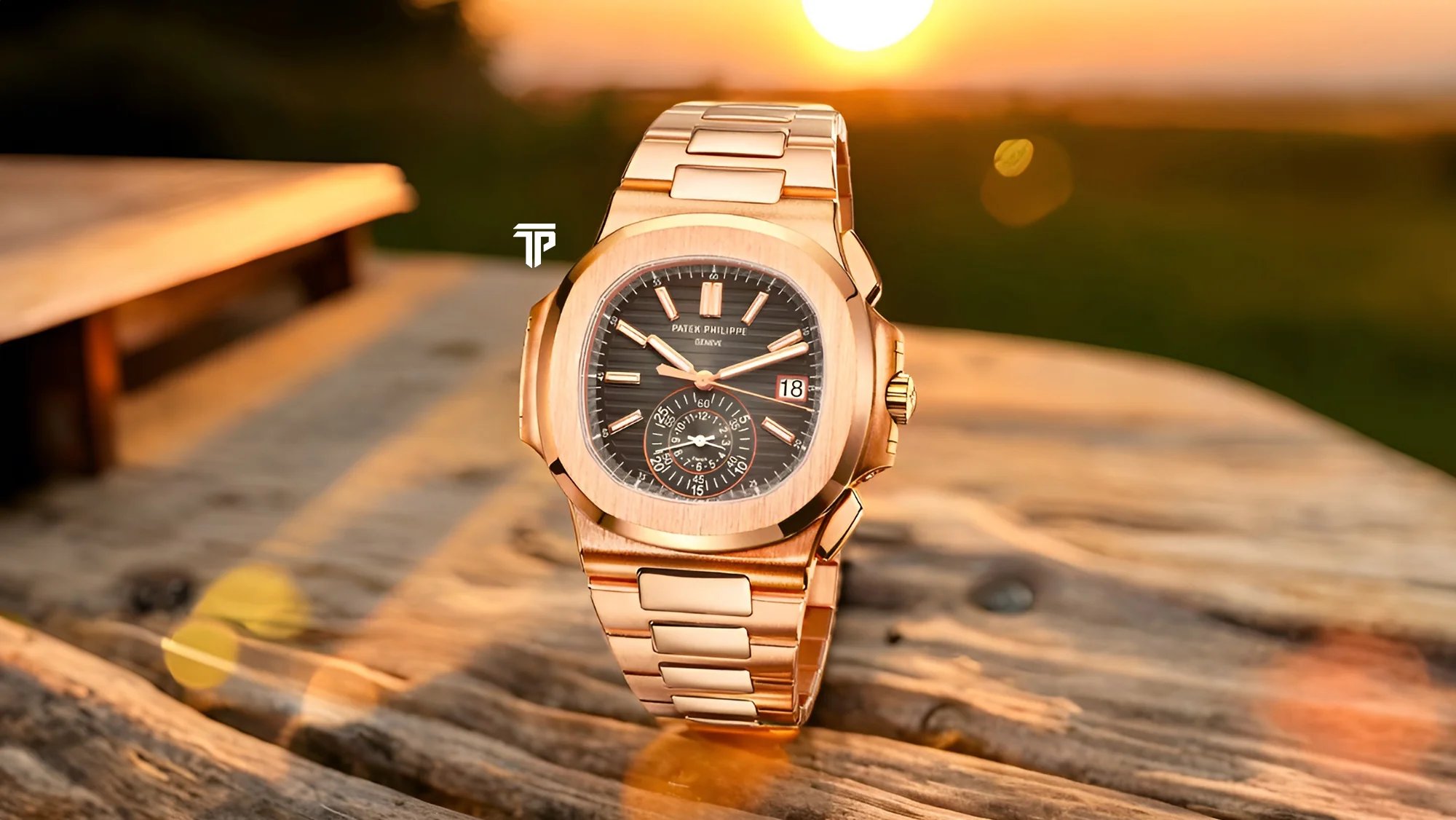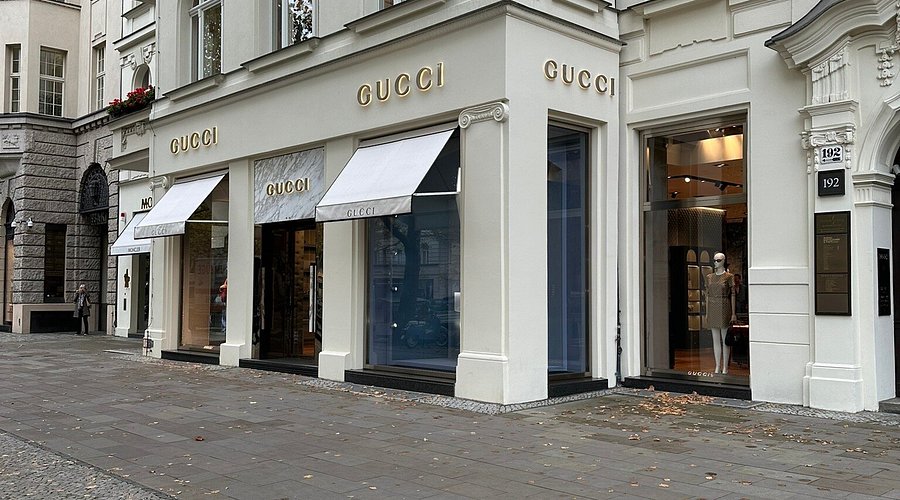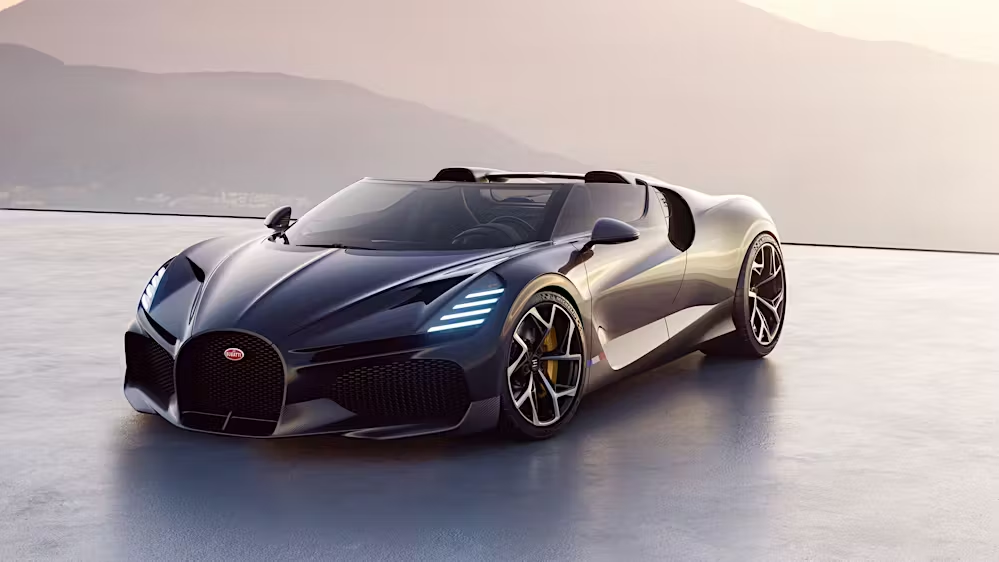From Cashmere to Carbon Credits
By
Sophie Moore
Last updated:
October 6, 2025
First Published:
October 6, 2025

Photo: Fast Company
Luxury has always been synonymous with rarity, craftsmanship, and status. However, the landscape of high-end consumption is evolving rapidly. Wealthy consumers today are no longer defined solely by what they own but by how their purchases reflect personal values and social responsibility. From traditional goods like cashmere to innovative investments such as carbon credits, the meaning of value is being reimagined.
Beyond Materialism
In the past, luxury was about visible symbols: designer clothing, jewelry, and exotic cars. Today, affluent individuals increasingly prioritize experiences, ethics, and sustainability alongside material quality. Ownership is no longer the ultimate goal; impact has become equally important. Consumers are asking whether their purchases contribute to environmental protection, social equity, or technological innovation.
The Rise of Conscious Consumption
High-net-worth individuals are now making purchasing decisions through a lens of responsibility. Luxury brands have responded by offering ethically sourced materials, transparent supply chains, and traceable production methods. Cashmere, once valued purely for softness and rarity, is now scrutinized for its environmental footprint and animal welfare practices. This shift indicates that value is no longer intrinsic to an object but tied to the story and ethics behind it.
Financial Instruments as Luxury
Interestingly, the concept of luxury is extending into areas traditionally reserved for finance. Carbon credits, once obscure instruments traded by corporations, are now being viewed as high-end assets. Affluent consumers purchase them not only to offset personal or corporate emissions but also as a form of socially responsible investment. These credits offer a tangible way to demonstrate environmental commitment while diversifying wealth portfolios.
Blurring Lines Between Investment and Lifestyle
This merging of finance and lifestyle is creating a new category of luxury. Wealthy individuals can now own carbon credits, renewable energy stakes, or shares in sustainable ventures while simultaneously projecting sophistication and responsibility. Each purchase becomes a symbol of discerning taste, foresight, and global awareness. Luxury is no longer confined to the physical realm but encompasses financial strategies that align with personal values.
Brands Adapting to the New Luxury
Leading luxury brands are increasingly integrating sustainability into their identities. Designers are using recycled materials, partnering with conservation initiatives, and offering bespoke eco-friendly services. This approach appeals to young millionaires who want their lifestyle to reflect environmental consciousness without sacrificing exclusivity. Value is now measured by how a brand aligns with personal ethics rather than just craftsmanship or rarity.
Psychological Motivation
The psychological appeal of this new luxury is strong. Owning ethically sourced goods or high-impact financial instruments creates a sense of moral satisfaction. Consumers feel empowered to influence global change while indulging in high-end products. This dual benefit enhances the perceived value, making purchases emotionally rewarding beyond the tangible utility of the item itself.
Creating Social Capital
Luxury consumption has always conveyed status, but the definition of prestige is evolving. Today, social capital is tied to awareness and responsibility. Hosting an event in a sustainable private villa or displaying ownership of carbon credits signals sophistication in both taste and ethics. The wealthy are leveraging purchases to showcase intelligence, foresight, and alignment with emerging societal values.
Sustainability as an Investment in Identity
For affluent individuals, sustainable luxury is not just a purchase; it is an identity strategy. Each acquisition, whether a bespoke cashmere garment or a tranche of carbon credits, communicates a curated version of self. Wealth now serves as a platform to embody values, champion causes, and influence trends, transforming consumerism into a form of personal expression.
The Future of Luxury Value
As the next generation of wealthy consumers rises, the boundaries between material indulgence, ethical responsibility, and financial strategy will continue to blur. Luxury is increasingly defined by a combination of aesthetic quality, social impact, and strategic foresight. From cashmere to carbon credits, value is now measured not only in price or rarity but in alignment with a broader vision of responsible and intelligent living.
Subscribe to unlock premium content
Sed at tellus, pharetra lacus, aenean risus non nisl ultricies commodo diam aliquet arcu enim eu leo porttitor habitasse adipiscing porttitor varius ultricies facilisis viverra lacus neque.
A comprehensive guide on Agile development

10 Productivity tools that are worth checking out

Top 7 Must have management tools for productivity

A comprehensive guide on Agile development

10 Productivity tools that are worth checking out

A comprehensive guide on Agile development








.png)
